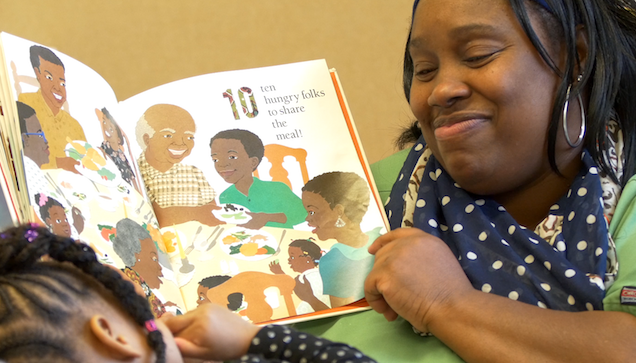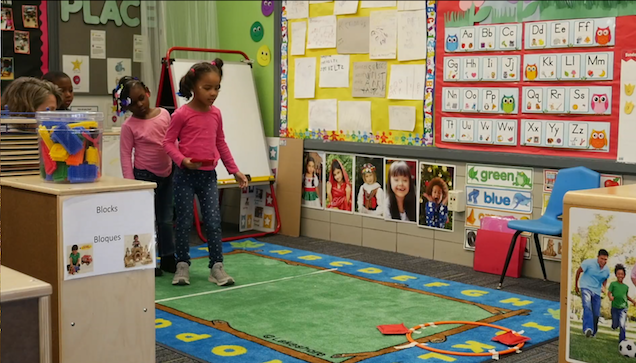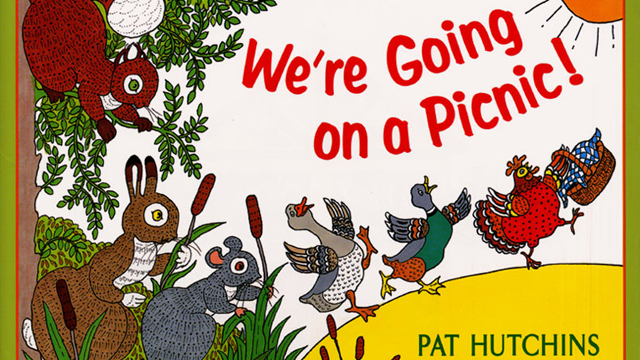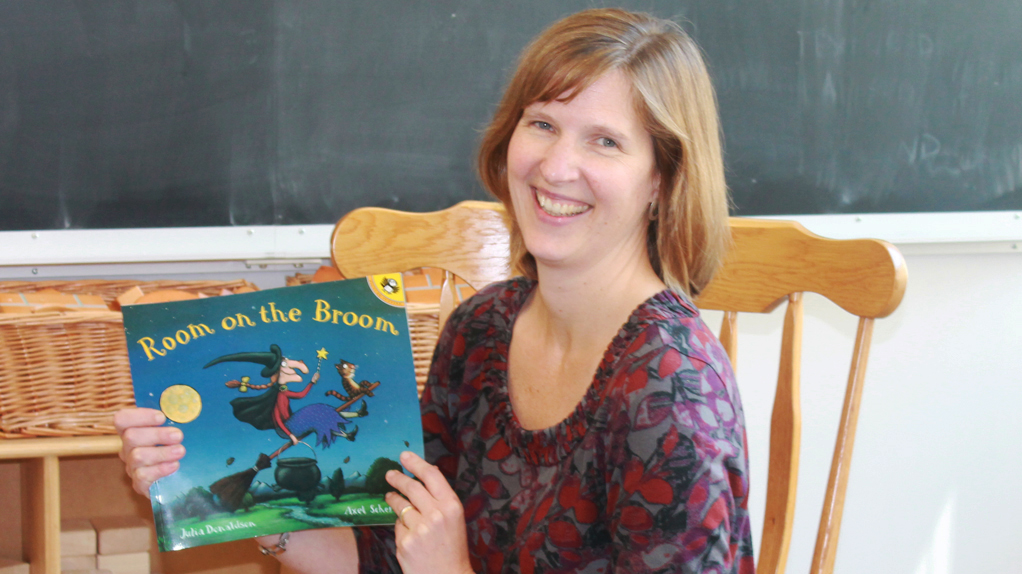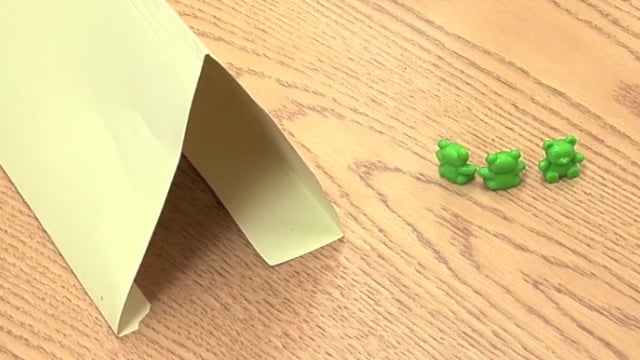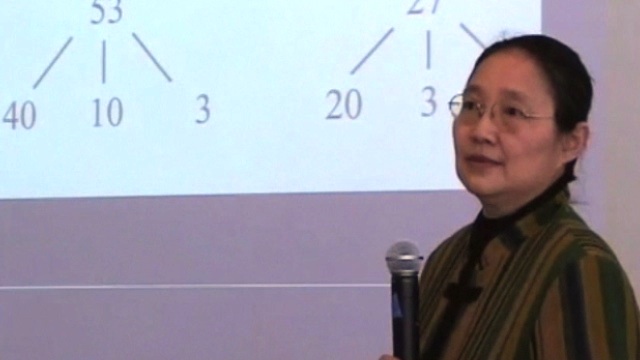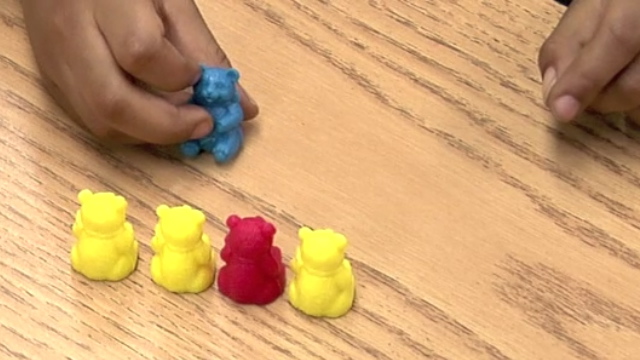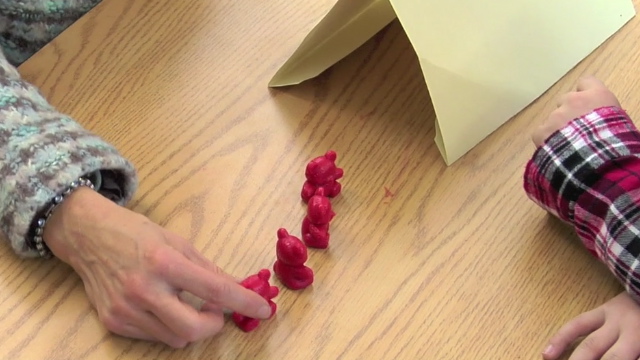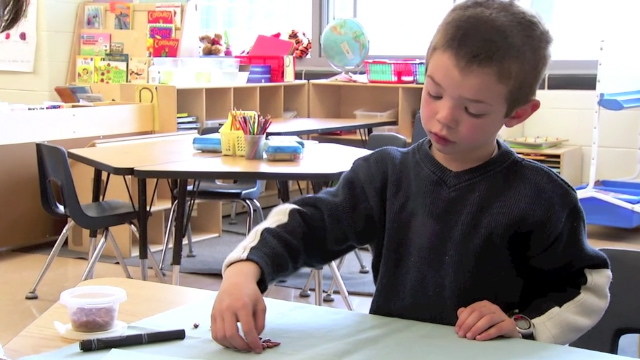An understanding of the parts-whole relationship within a set is a necessary foundation for operating on and with numbers. Children need to recognize that smaller numbers are contained within larger numbers and be able to describe the parts of numbers. When they can do so, they are building strategies that will later allow them to address a complex problem situation such as, “Junie has 5 pencils. Three of them were given to her by Marcos this morning. How many did she have before?”. That is, they need to be very comfortable with the idea that the quantity of 5 is not just a collection of ones, but can be thought of instead as a group of 3 and a group of 2.
© Erikson Institute’s Early Math Collaborative. Reprinted from Big Ideas of Early Mathematics: What Teachers of Young Children Need to Know (2014), Pearson Education.

